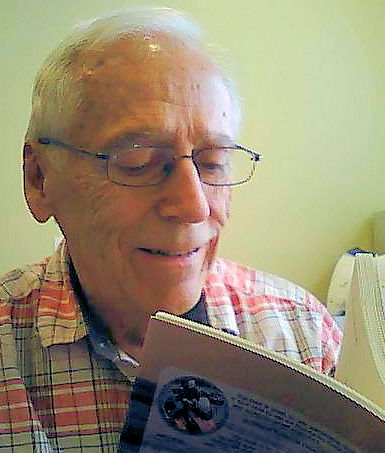Ducati - A Book Review From Vacuum Tubes to Puppies to Monsters This article is a review of a motorcycle book called Ducati, written by Tod Rafferty. Ducati is a very detailed account of the history of the Ducati motorcycle. The book contains 156 pages in a coffee-table style format with illustrations on almost every page. Most of the pictures are in color and taken by professional motorcycle photographers so you'll be impressed with the close-up quality. The book is fact-intensive and Rafferty spends the majority of his writing on matters related to Ducati racing. This is not a bad thing since Ducati survived basically because its successes on the racing circuit directly translated into sales in the showrooms. Rafferty does a great job of discussing the racing activities so these will be left to you to pursue over a long Sunday afternoon or two. I just want to present a few historical facts uncovered by Rafferty about Ducati that may be new to you. This should set the stage for you to want to learn more about Ducatis by reading the whole book. I'll tell you up-front that the book is a must read for all Ducatisti especially if you like racing or are interested in how Ducati fit into the fiercely competitive motorcycle market of the last 50 years. In 1926, three brothers, Adriano, Bruno and Marcello Ducati formed a company called the Ducati Patented Wireless Company in Bologna, Italy. The mission of the company was to make vacuum tubes, condensers and other related electronic components. The company grew to have 7000 workers by 1939. After World War II, the Italian government took over Ducati as part of reconstruction. In 1946 the company began producing clip-on engines for bicycles. This engine was called the Cucciolo or Puppy because of its staccato yapping sound. The engine was made by Aldo Farinelli who received a royalty for each engine produced. The brothers Ducati grew tired of working for the government and receiving little compensation for their efforts and decided to emigrate to Argentina. Thus, their active involvement in the company that bore their name, ended.
Ducati used the engine in a moped also called the Cucciolo and within a year had 50% of the moped market. Then Giovanni Fiorio redesigned the engine and placed it in a small motorcycle frame and called it the Ducati 60. The company then decided to race the Ducati 60 thus beginning a tradition of racing that would sustain the company to the present day. In 1950 a new engineer, Fabio Taglioni designed a 100cc single engine with a 10 degree forward slant for a motorcycle called the Gran Sport 100. Taglioni decided to use desmodromic valve control in the engine which meant that no return springs were used and the engine relied on compression to seat the valves. This was a design used previously by Mercedes and others. It allowed for much higher rpm and horsepower and immediately proved itself in racing. See the book for illustrations of the Desmo valve control system and a description of its operating principles. Actual use of the desmodromic principles in production machines didn't occur until 1968. Meanwhile in America two brothers, Joseph and Michael Berliner had moved from Hungary to New Jersey where they established the Berliner Motor Corporation to import motorcycles. They saw the Ducati 175 at the Cologne Motorcycle Show in 1958 and then entered into an agreement with Ducati to distribute Ducatis in the USA. They established a nationwide dealer network and became so powerful that they could influence the design and production of Ducatis. With the phenomenal success of Honda and Yamaha, Ducati sales fell off and Berliner went from the second larger distributor to near the bottom. In 1985 the Cagiva Company bought a controlling interest in Ducati and finally bought it outright from the Italian government. By 1996, Cagiva wanted to sell Ducati and the Texas Pacific Group (TPG) in the United States bought 51% and took over control of the company. Along the way, numerous Ducati models emerged. One highly successful model was the Monster introduced in 1992 at the Cologne Motorcycle Show.
I highly recommend this book by Tod Rafferty. The pictures alone are worth the price. The detailed accounts of Ducati racing-related events through the years and stories about its various star riders including Mike Hailwood, Doug Polen and Carl Fogarty are true motorcycle history lessons.

|
||||||||
© 2013 Walter F. Kern. All rights reserved.
|
| You CAN Ride a Bike |
| 10 Ways to Be Safe |
| Latest Pictures |
 |
| Pictures of the Week |







